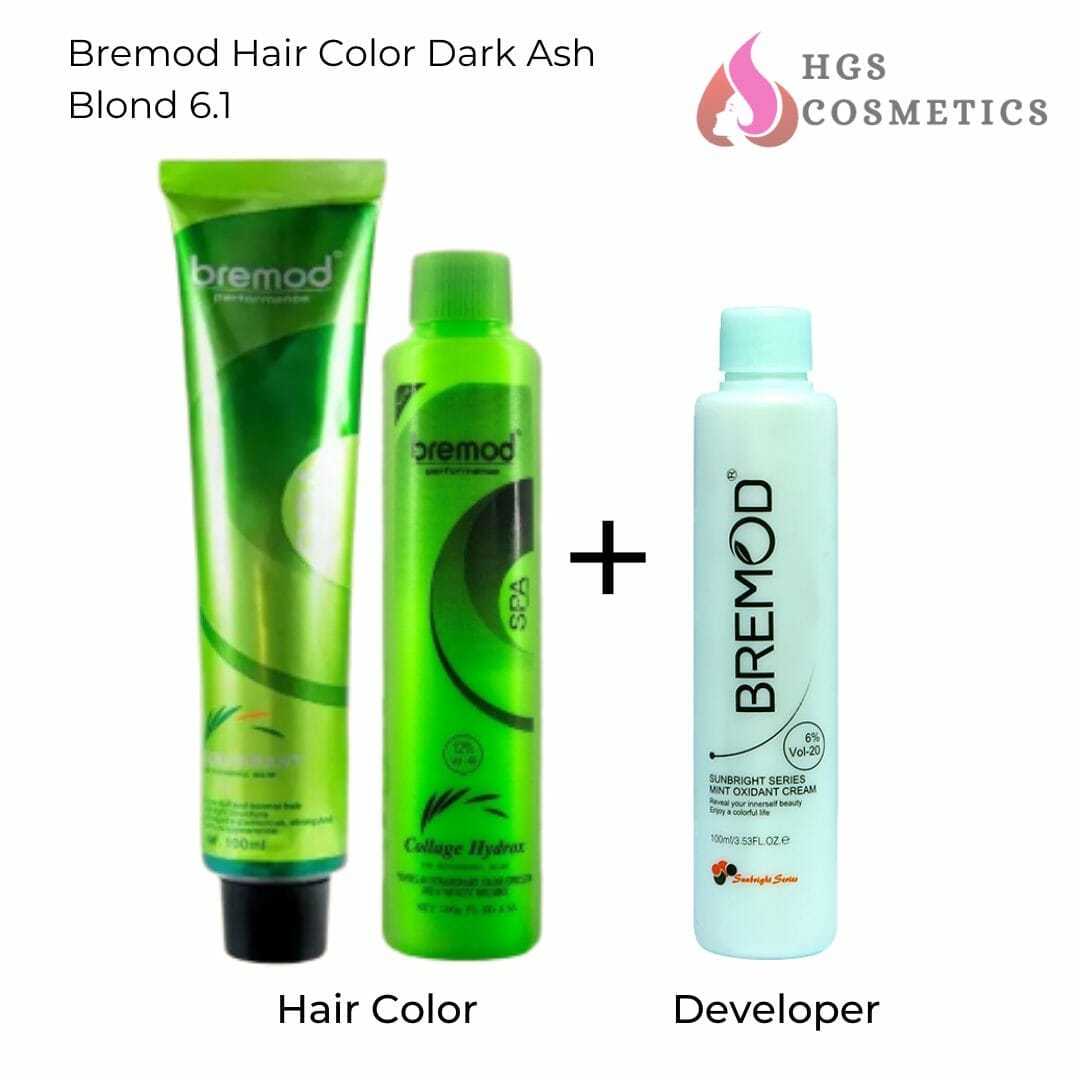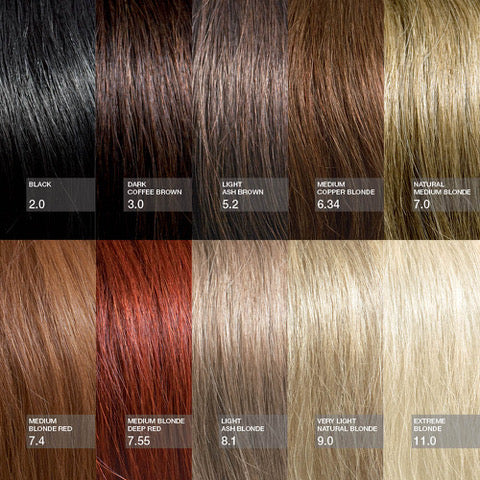Unlock Your Dream Hair Color: 7 Expert Tips for Perfect Results

Contents
- 1 Unlock Your Dream Hair Color: 7 Expert Tips for Perfect Results
- 1.1 1. Know Your Starting Point: The Canvas Matters
- 1.2 2. The Power of the Strand Test: A Mini-Preview
- 1.3 3. Prep Your Hair: A Clean Slate for Color
- 1.4 4. Choose Your Weapon Wisely: The Right Products
- 1.5 5. Technique is Key: Application Matters
- 1.6 6. Aftercare: Nurturing Your New Hue
- 1.7 7. Embrace Imperfection: It’s All Part of the Process
- 1.8 Additional Information
- 1.9 Unlocking Dream Hair Color: A Deeper Dive into Achieving Perfect Results
Unlock Your Dream Hair Color: 7 Expert Tips for Perfect Results
The quest for the perfect hair color is a timeless pursuit. Whether you dream of sun-kissed blonde, fiery red, or a rich, deep brunette, achieving your desired shade requires more than just a box of dye. It’s about understanding your hair, choosing the right products, and employing expert techniques. This isn’t about fleeting trends; it’s about crafting a look that’s uniquely you. Let’s unlock your dream hair color with these seven essential tips.
1. Know Your Starting Point: The Canvas Matters
Before you even think about picking a color, understand your current hair’s condition and its natural pigment. Is it fine, thick, damaged, or healthy? Is your natural color light or dark? This crucial information dictates the feasibility of achieving your desired shade and the necessary steps to get there. Darker hair requires more processing than lighter hair, for example. Ignoring this fundamental step can lead to disappointing, uneven results. A consultation with a professional colorist is invaluable at this stage, especially if you’re considering a significant color change.
2. The Power of the Strand Test: A Mini-Preview
A strand test is your secret weapon against hair disasters. Before committing to a full head of color, apply your chosen dye to a small, inconspicuous section of hair. This allows you to see how the color will react to your specific hair texture and porosity, revealing potential issues like uneven application or unexpected tones. This seemingly small step can save you from a major hair mishap and allows for adjustments before tackling the entire head.
3. Prep Your Hair: A Clean Slate for Color
Just like a painter prepares their canvas, preparing your hair is essential for optimal color absorption and longevity. Wash your hair with a clarifying shampoo a day or two before coloring. This removes product build-up, oils, and impurities that can interfere with the dye’s penetration. Conditioning is key, but avoid deep conditioning treatments immediately before coloring as they can create a barrier that prevents the dye from fully saturating the hair.
4. Choose Your Weapon Wisely: The Right Products
The market is flooded with hair color options, from permanent to semi-permanent, box dyes to professional salon products. The best choice depends on your desired level of commitment and the transformation you’re aiming for. Permanent dyes offer the most dramatic and lasting change, while semi-permanent and demi-permanent options provide a softer approach with less commitment. If you’re unsure, a consultation with a professional will guide you towards the best choice for your hair and goals.
5. Technique is Key: Application Matters
Even with the best products, improper application can ruin the final result. Follow the instructions meticulously, using the provided tools, and section your hair for even coverage. Apply the color starting from the roots, moving towards the ends, ensuring every strand is evenly saturated. If you’re not comfortable doing it yourself, a professional stylist can ensure a flawless application and precise color placement.
6. Aftercare: Nurturing Your New Hue
Your color journey doesn’t end once you rinse out the dye. Proper aftercare is crucial to maintain your vibrant color and keep your hair healthy. Use color-safe shampoos and conditioners designed to protect your new shade and prevent fading. Minimize heat styling to reduce damage, and consider using color-protecting treatments to keep your hair looking its best.
7. Embrace Imperfection: It’s All Part of the Process
Even with meticulous planning, achieving perfect results isn’t always guaranteed. Hair coloring is a process, and sometimes, minor imperfections are inevitable. Don’t be discouraged by minor variations in shade or slight unevenness. The most important thing is that you feel confident and comfortable with your new look. If you’re unhappy with the results, seek professional advice for correction.
| Tip | Benefit |
|---|---|
| Strand Test | Prevents hair disasters |
| Clarifying Shampoo | Enhances color absorption |
| Proper Application | Ensures even color distribution |
| Color-safe Products | Protects color and maintains hair health |
| Professional Consultation | Personalized advice and flawless results |
Remember, your dream hair color is attainable. With careful planning, the right products, and a dash of patience, you can achieve a look that boosts your confidence and reflects your unique style.

Additional Information
Unlocking Dream Hair Color: A Deeper Dive into Achieving Perfect Results
The pursuit of the perfect hair color is a multi-billion dollar industry, fueled by a desire for self-expression and aesthetic enhancement. While the seven expert tips for achieving perfect results offer a valuable starting point, a deeper analytical approach reveals nuances critical for success. This expanded analysis explores the science behind color, the individual factors influencing results, and strategies for mitigating common pitfalls.
Beyond the Seven Tips: A Critical Examination
While seemingly straightforward, the seven tips (assuming they cover aspects like strand testing, choosing the right shade, using proper application techniques, etc.) often lack the depth required for truly optimal results. Let’s examine some critical considerations often overlooked:
1. Understanding Hair Porosity and its Impact on Color: Hair porosity refers to the hair shaft’s ability to absorb and retain moisture. High porosity hair (damaged, raised cuticles) absorbs color rapidly but also fades faster. Low porosity hair (smooth cuticle) resists color penetration, requiring longer processing times and potentially stronger developers. Ignoring porosity leads to uneven color distribution, premature fading, and potentially damaged hair. A pre-color treatment tailored to hair porosity (e.g., clarifying shampoo for high porosity, conditioning treatments for low porosity) can dramatically improve outcomes.
2. The Chemistry of Hair Color: Developer, Ammonia, and its Alternatives: The developer (hydrogen peroxide) is not just a passive agent; it dictates the lifting power and the resulting shade. A higher volume developer lifts darker pigments more effectively, but increases the risk of damage. Ammonia, traditionally used to open the hair cuticle for better penetration, is a harsh chemical that can cause irritation and damage. The rise of ammonia-free and low-ammonia alternatives reflects a growing awareness of hair health concerns. However, these alternatives might require longer processing times or result in less vibrant colors. Understanding the trade-offs between lifting power and hair health is crucial.
3. The Illusion of “Perfect Match”: Individual Variations and Underlying Pigments: Even with precise shade selection, individual hair characteristics (natural base color, underlying pigments, previous color treatments) significantly influence the final result. For instance, warm undertones in natural hair can interact unpredictably with cool-toned dyes, leading to unexpected results. Experienced colorists perform thorough consultations to assess these variables and adjust the chosen formula accordingly. A simple color chart isn’t a substitute for professional expertise in this regard.
4. The Role of Maintenance: Color-Safe Products and Aftercare: Achieving the desired color is only half the battle. Maintaining vibrancy and preventing fading requires careful product selection and aftercare routines. Color-safe shampoos, conditioners, and styling products are designed to preserve color molecules and minimize damage. Regular deep conditioning treatments are essential, particularly for chemically treated hair, to restore moisture and prevent breakage. The use of heat-protectant sprays before styling further minimizes damage and prolongs color longevity.
5. Addressing Potential Risks: Allergic Reactions and Hair Damage: Hair dye contains various chemicals that can trigger allergic reactions in sensitive individuals. A patch test several days before coloring is crucial to identify potential sensitivities. Moreover, improper application techniques, high-volume developers, or frequent chemical treatments can cause significant hair damage, leading to breakage, dryness, and split ends. Minimizing damage requires careful technique, appropriate developer selection, and consistent aftercare.
Conclusion:
Achieving truly “perfect” results in hair coloring necessitates a nuanced understanding of hair chemistry, individual hair characteristics, and the potential risks involved. While the initial seven tips provide a framework, this deeper analysis highlights the critical need for professional guidance, a thorough understanding of hair porosity and color chemistry, and a commitment to proper aftercare. Treating hair coloring as a complex process rather than a simple DIY project ensures a safer and more aesthetically satisfying outcome. Future research should focus on developing more sustainable, less damaging hair dyes and personalized color solutions that consider individual hair profiles and risk factors.

